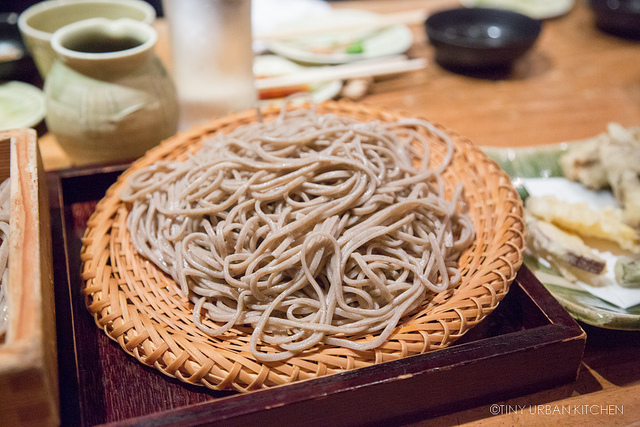
This is the fourth post in the series titled Tasting Tour of Tokyo detailing my recent trip to Japan. Other posts include Kikunoi Akasaka, Rokurinsha, and Mikawa Zezankyo.
Who doesn't love a hidden gem that's so authentic the menu's basically only in Japanese, and the place is filled with only Japanese people?
Sure, in some ways these restaurants are intimidating. You can't read the menu, and you have to struggle your way (with a mixture of broken Japanese and English) to figure out what to order. On the other hand, the experience is real.
Bryan and I visited this quaint little soba shop in Ebisu twice. The first time, we went alone and braved it, entering this cozy place by ourselves. The second time, it just so happened that Bryan's Japanese co-workers decided to invite us to dine there with them.
It was really interesting to experience the same restaurant from both side: that of a clueless tourist and that of an inside "friend" of a local Japanese person.
First Meal - Solo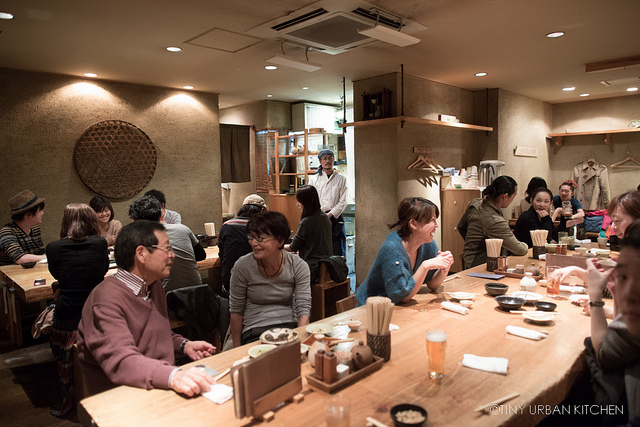 Kaoriya is cozy inside, with a long wooden communal table that a majority of the diners share. It's tiny, and as you can see, fills up pretty quickly.
Kaoriya is cozy inside, with a long wooden communal table that a majority of the diners share. It's tiny, and as you can see, fills up pretty quickly.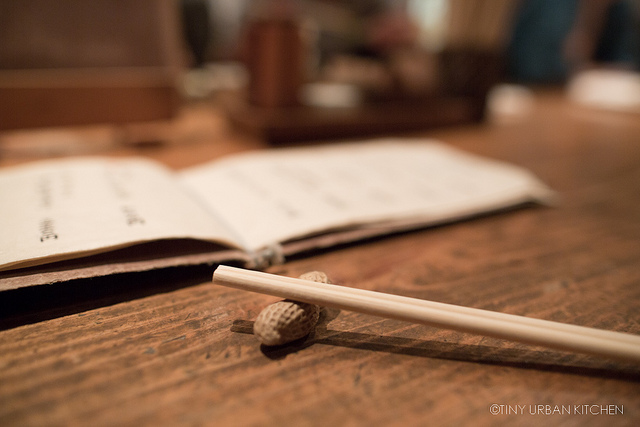
There's a peanut that acts as your chopsticks holder. The menu consists of sheets of rice paper bound together with string, filled with Japanese characters written in artistic brush strokes. Everything feels like the opposite of "modern."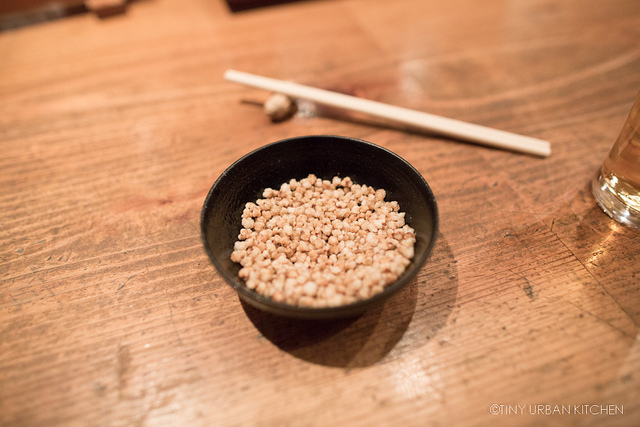
As a free "snack", everyone receives a small bowl of lightly salted puffed soba wheat, which is delicious. It's crunchy, airy, just lightly toasted, with just a touch of oil (maybe sesame oil?). I find myself really wishing they sold this in stores.
At the beginning of our first visit, the server hands us the string-bound menu filled with pages and pages in Japanese. Of course we can't read it.
"eego no menu, arimasu ka?" I ask (do you have an English menu?)
The server runs back and hands us one white piece of paper. There are about 10 items on it.
"Soba only" she replies.
Well, it's all we can do at this point. We can tell by looking at the other guests that the menu includes a lot more than soba. However, this is a soba house after all, and that's why we came, so we're OK ordering their specialty.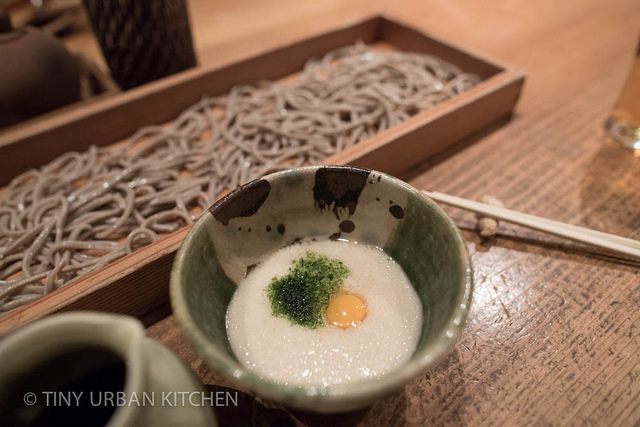
After much contemplation, Bryan orders the soba with the quail egg and mountain yam.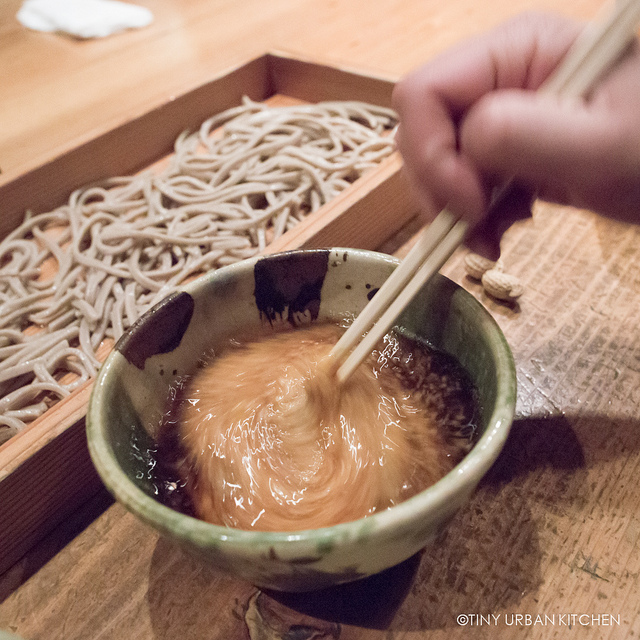
The mountain yam is sticky and starchy, and with much agitation, mixes well with the quail egg yolk and soy-based soba sauce.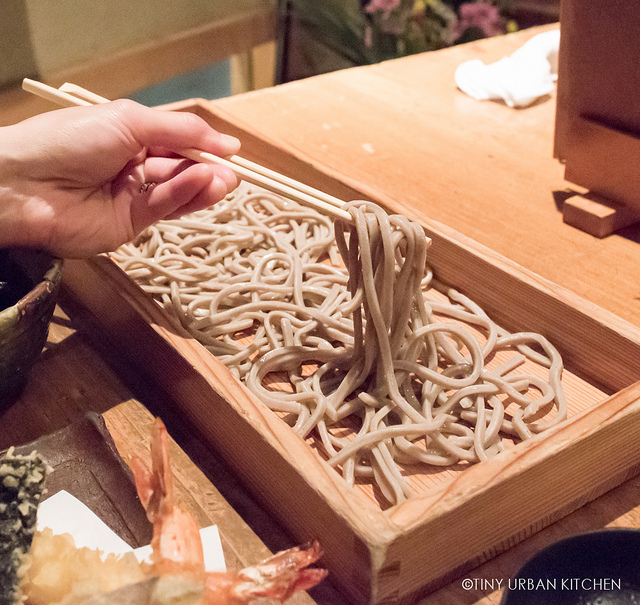
The homemade soba is fabulous, gorgeous al dente, chewy, and nutty.
It comes in two sizes, so we try both.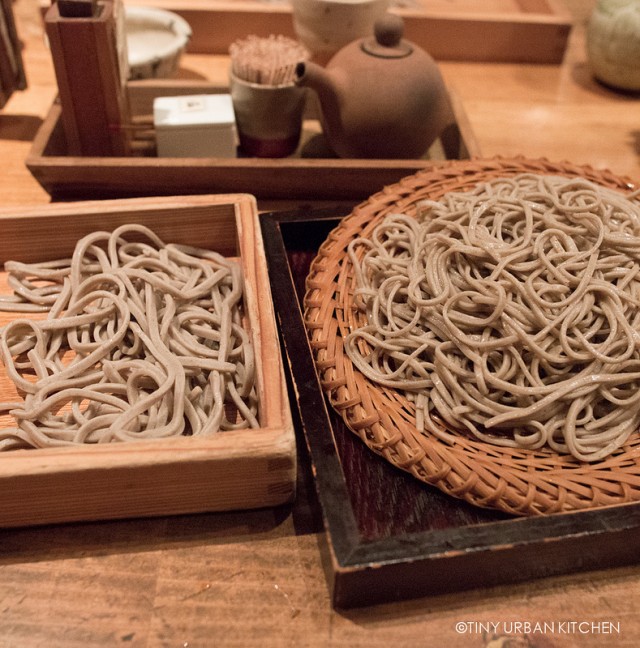
Though they are both good, Bryan proclaims that he prefers the thicker one, mostly because of it's chewier texture, but also because it's more unique and harder to find.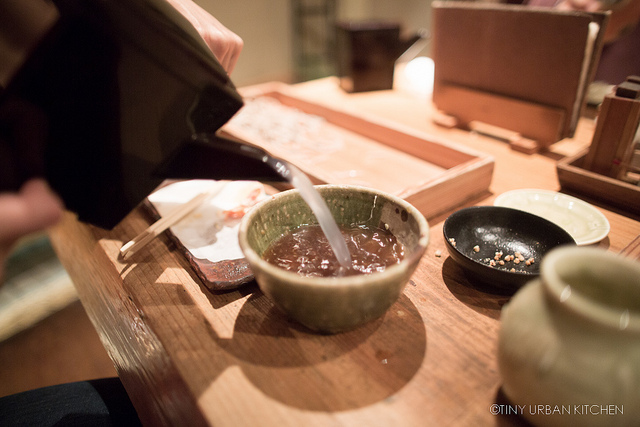
At the end of the meal, the server offers to add hot soba broth to your dipping sauce. At that point, you drink the entire cup like a bowl of soup. It reminds us of the time we got fresh soba at Nobu's Mastsuhisa in L.A.
Second Meal - with Coworkers
Our second visit occurs about 3 days after our first visit. This time, we are guided by two of Bryan's Japanese coworkers.
We tell them how we felt stuck the first time, limited by the "soba only" menu.
Our host immediately begins ordering all sorts of interesting snacks and appetizers, none of which showed up on the English menu. I'm happy to report that everything is tasty and very reasonably priced. I can totally see why this place is popular with the locals.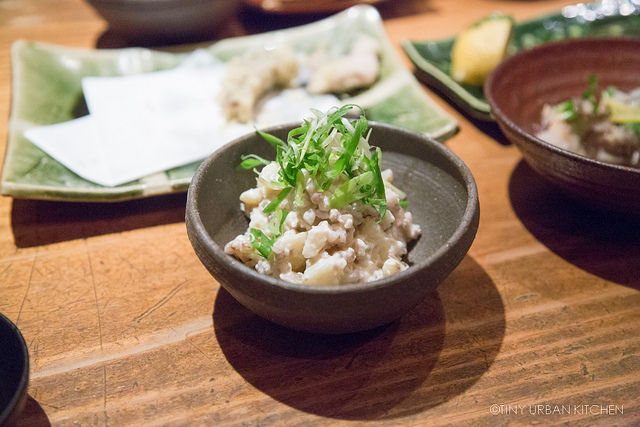
I *think* this is a Japanese potato salad of sorts, but I regret to say I can't remember exactly!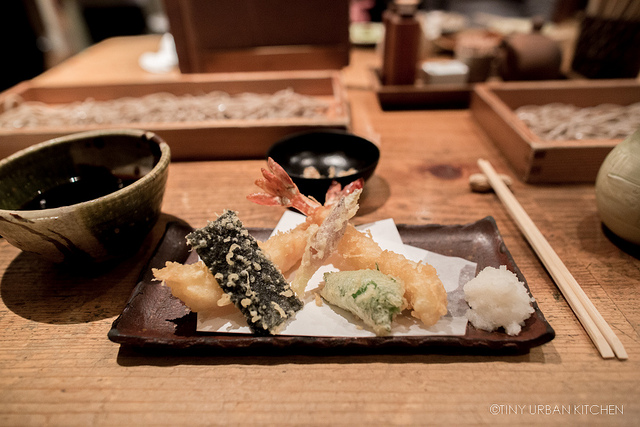
Assorted shrimp and vegetable tempura are all expertly fried and quite good. Of course, it's not the same as high-end tempura, but then it costs about 1/10th the price. It's an excellent value.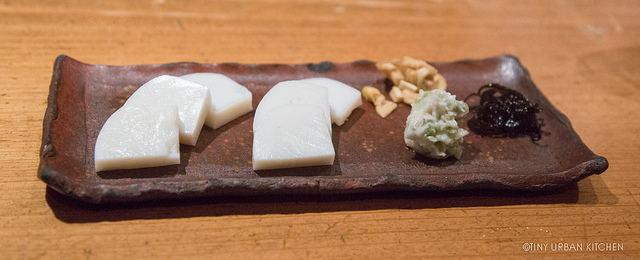
Sliced fish cakes with assorted accompaniments.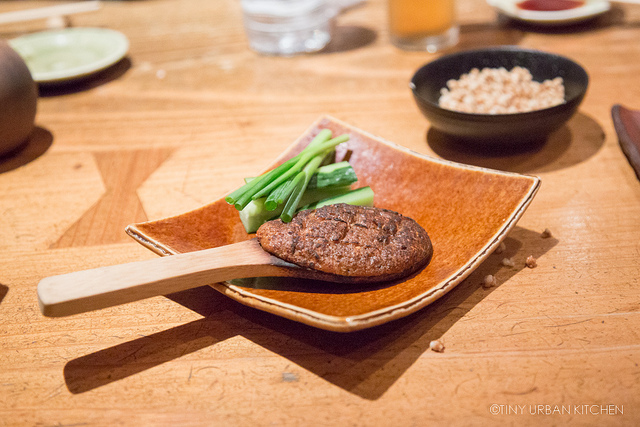
Smoked miso paste is served with fresh cucumbers and scallions (it's sort of like a veggie dip on umami steroids).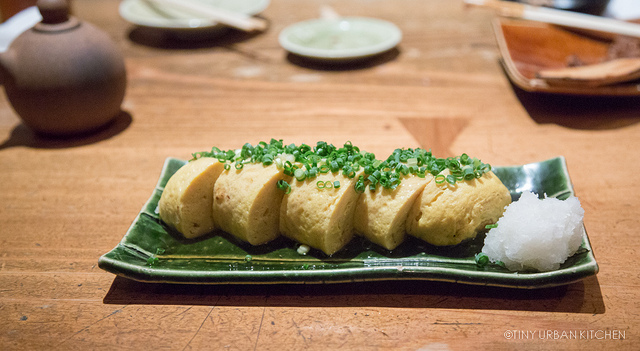
Japanese omelet topped with scallions and served with shredded daikon.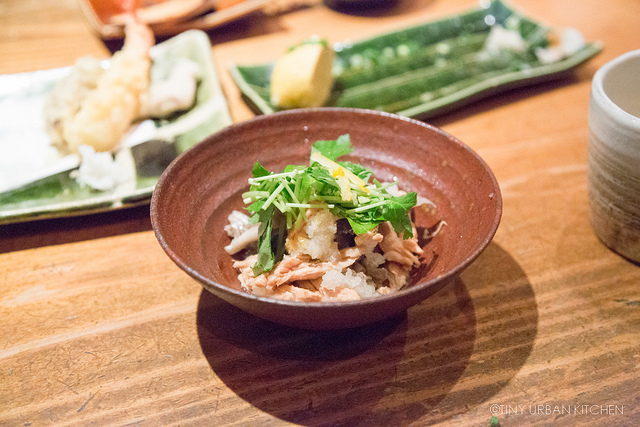
Cold tuna salad with local greens.
Of course everyone also eats soba. We still order it as our main entree after having all these snacks.
Apparently this place is also well known for their selection of soju (Korean distilled alcoholic beverage) and sake (Japanese alcoholic beverage made from fermented rice). A big part of coming here is to start off by enjoying some spirits alongside these "snacks."
I must say, I really do not like the soju. Compared to sake, I find it much harsher, less sweet, and overall more "boozy." Perhaps it's the particular bottle we ordered, but we end up sticking with beer the rest of the evening!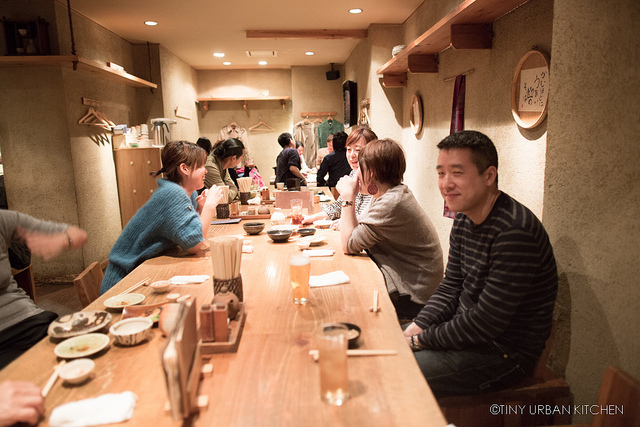
Overall, we really like this little gem. It's not too far from the Ebisu JR station, and is a perfect place for a casual yet high quality meal. The prices are quite reasonable. I think most of the soba dishes are in the 1000 yen to 2000 yen range, which is pretty decent considering how weak the US dollar is these days (though I believe it's gone up quite a bit since we were there). Add on a few appetizers and drinks, you should be able to easily get out of there for well under $50 USD a person all inclusive.
I can't deny it though. The overall experience feels much more complete with our Japanese hosts. All is not lost, though. After all, at the end of the day, our favorite dish at the restaurant is still the soba.
I guess the bottom line is: even if you can't speak a lick of Japanese, you can still come to Kaoriya and enjoy the best food they have to offer. However, if you want the entire authentic experience, it's still better to come with some Japanese friends.
Related Posts:
Soba Koh (New York City)
Matsuhisa (Los Angeles)
Hand Pulled Noodles (video tutorial)
Guchi's Midnight Ramen Pop Up (Boston)
All Rights Reserved

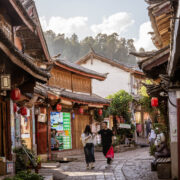
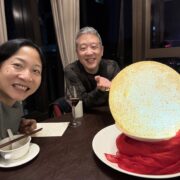
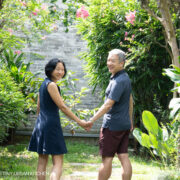
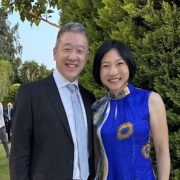

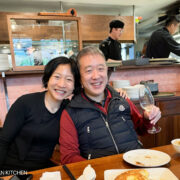
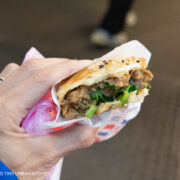
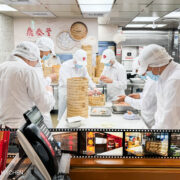
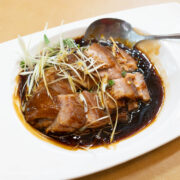
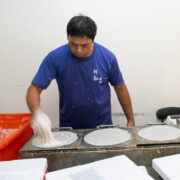
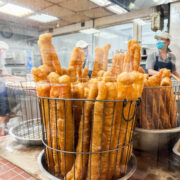
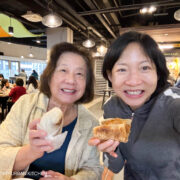
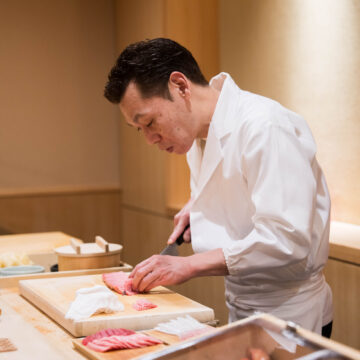
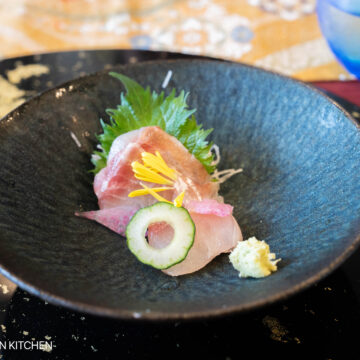
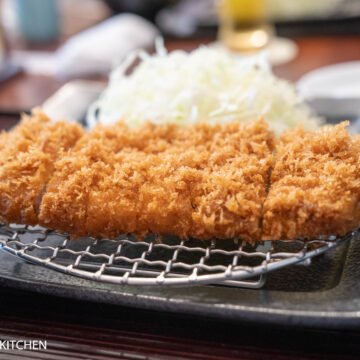
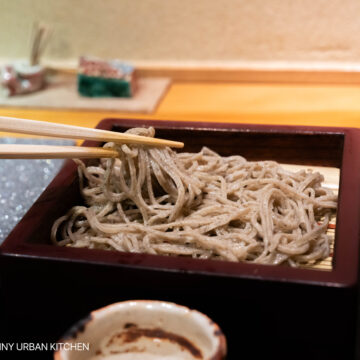
[…] review from tiny urban kitchen, with more […]